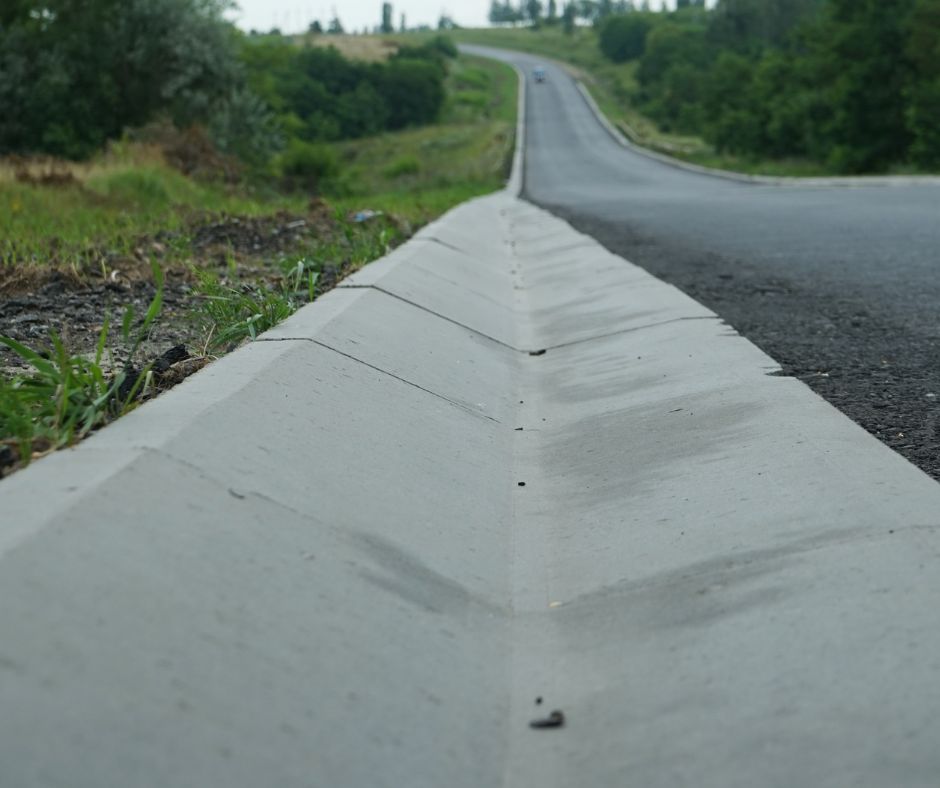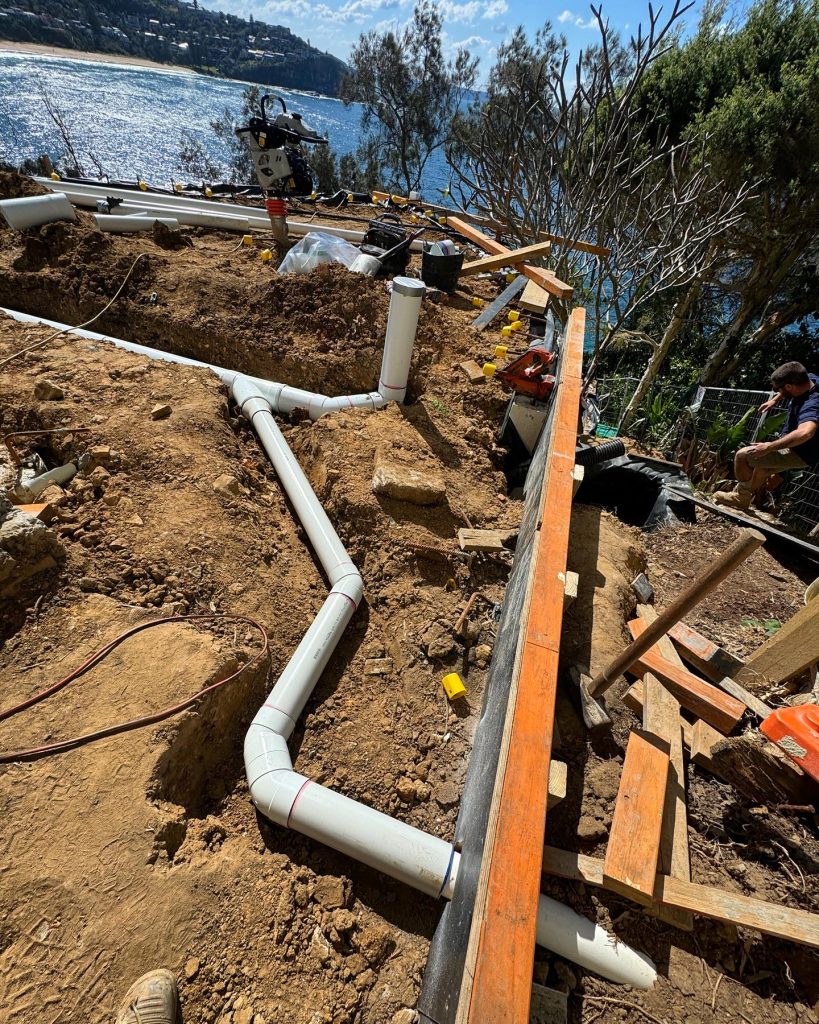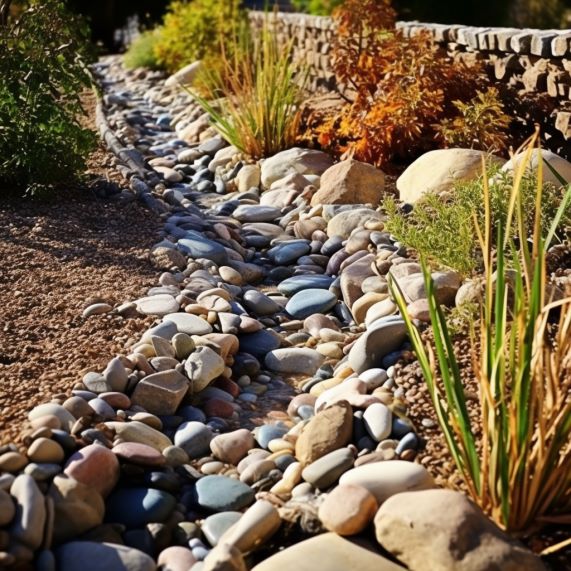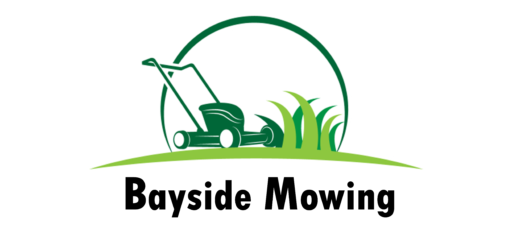Proven Strategies for Efficient Surface Water Drainage Management on Sloped Properties
Managing surface water drainage effectively is critical for protecting your home, especially when dealing with sloping properties. Inadequate control over water flow can result in severe problems, including flooding, structural damage, and soil erosion, all of which can jeopardize the integrity of your property. To safeguard your investment, it's essential to implement proactive strategies. Open communication with your neighbors regarding water runoff issues and collaborating with your local council on thorough stormwater management projects can significantly reduce risks. By addressing these challenges head-on, you can considerably lower the chances of damage and enhance your home’s resilience against potential water-related threats.

Identify Water Sources to Develop Tailored Drainage Solutions
Recognizing the origins of water-related issues is crucial for formulating effective drainage solutions. Water problems can stem from various sources, and pinpointing these origins is the first pivotal step towards finding a resolution:
- Upslope Neighbor: Rainwater runoff from properties situated uphill can significantly affect your land, increasing the water burden during storms and raising the risk of flooding.
- Your Property’s Slope: The natural incline of your land may worsen existing drainage challenges, as water from higher elevations can overwhelm lower areas, leading to erosion and potential water damage.
- Roof Gutters and Downpipes: Blocked gutters and improperly connected downpipes can cause localized flooding around your home’s foundation, which can result in long-term structural issues if not promptly addressed.
- Soil Composition: Sandy soil layered over clay or underground springs can contribute to unwanted water accumulation, as clay restricts drainage capabilities, posing a risk to your property.
- Retaining Walls: Issues such as inadequate gravel backfill, failed waterproofing, or water pooling behind retaining walls can compromise their structural stability and lead to further drainage complications.
Implement Effective Strategies to Overcome Drainage Challenges
After pinpointing the specific issues affecting your property, it's imperative to implement effective strategies that can address these challenges:
1. Mitigating Runoff from Upslope Neighbors
Installing surface drainage solutions, such as swales or spoon drains along property lines, can efficiently intercept and redirect water, preventing it from infiltrating your soil. Ensure these drainage systems are engineered to channel water into your property’s stormwater system or the street, promoting proper drainage and safeguarding your home from excess moisture.
2. Controlling Water from Your Own Property
Consider installing French drains beneath the surface to capture water runoff that has already seeped into the subsoil, directing it safely away from vulnerable areas. This proactive approach is vital for preventing soil saturation that could lead to additional weight and movement, ultimately endangering landscaping features like retaining walls and raised garden beds.
3. Upgrading Clogged Gutters
Enhance your gutters and downpipes by opting for higher-capacity options that can manage intense rainfall effectively. Additionally, installing gutter guards can prevent debris accumulation, while self-cleaning gutter profiles offer a sustainable maintenance solution. Ensure that your downpipes are properly connected to the stormwater system or a designated outlet to avoid direct discharges into ag pipes, which may lead to blockages and drainage failures.
4. Ensuring Proper Downpipe Discharges
Verify that all downpipes discharge water well downstream of your home. Ideally, all downpipes should connect to underground drainage systems that effectively channel water away from your foundation. This practice is crucial for protecting your property from potential water damage and ensuring long-term structural integrity.
5. Managing Underground Springs
For properties with springs or areas where creeks have previously been filled, it is vital to collect and redirect this water efficiently. This process may necessitate geological assessments to ensure proper management and mitigation of water flow, preventing unexpected flooding and damage to your premises.

Adopt a Comprehensive Approach to Stormwater Management
For effective stormwater management, homeowners should embrace a holistic approach that incorporates a variety of strategies:
- Prioritize Regular Gutter Maintenance: Consistently clean gutters and downpipes to remove debris and prevent overflow issues. Ensure that all downpipes efficiently discharge water away from your foundation by connecting them to underground drains or the stormwater system.
- Install Spoon Drains: Position spoon drains along driveways or paved areas to intercept water and redirect it before it can accumulate around your foundation, significantly reducing the risk of water damage.
- Incorporate Swales: Utilize swales in areas where water flow is more pronounced to naturally manage runoff and efficiently disperse excess water, contributing to a well-maintained landscape.
- Complement with French Drains: In locations where water has already infiltrated the ground, French drains can capture and redirect underground water, working in tandem with surface solutions like spoon drains and swales.

Top Techniques for Diverting Surface Water Away from Your Home
One of the most effective methods to protect your home is to proactively prevent surface water from reaching it in the first place. Two highly efficient techniques for managing surface runoff are spoon drains and swales. By implementing these solutions, you can significantly reduce the risk of water-related damage, thereby enhancing the overall safety and integrity of your property.
Discover the Benefits of Spoon Drains for Effective Water Management
Spoon drains are shallow, concrete-lined channels specifically designed to collect and redirect surface water away from your home. When strategically installed along the edges of driveways, paths, or property boundaries, these drains effectively prevent water from flowing toward your foundation. Their unique curved design ensures efficient water capture, even during heavy rainfall, directing runoff safely to stormwater systems or designated outlets for proper drainage.
Utilizing Swales for Sustainable and Natural Water Management
Swales are gently sloped, grass-covered ditches engineered to slow and redirect water flow effectively. These visually appealing features are particularly beneficial for larger properties or those with expansive acreage, as they can seamlessly integrate into the landscape. Swales not only capture and disperse runoff, but they also play a vital role in reducing erosion and promoting natural soil infiltration, ensuring that water is managed sustainably and effectively.
Act Now to Protect Your Home from Surface Water Issues
Do not let water threaten your home’s foundation or structural integrity. Contact SoccerBets Plumbers today to explore how our drainage specialists can effectively resolve the surface water drainage problems you are experiencing. Rely on the expertise of Sydney Drainage Plumbers to safeguard your property from water-related challenges and ensure a dry, secure environment.
Surface Water Drainage And Stormwater Management
The Article: Surface Water Drainage and Effective Stormwater Solutions first appeared on https://writebuff.com
The Article Effective Stormwater Solutions for Surface Water Drainage Was Found On https://limitsofstrategy.com
References:
Effective Stormwater Solutions for Surface Water Drainage



This post raises a vital point about the importance of managing surface water drainage, especially on sloped properties. Having lived on a sloped lot myself, I’ve witnessed firsthand how seemingly minor issues can escalate into significant problems if not addressed promptly. The foundation of my home took some serious hits because heavy rains led to poor drainage, which eventually caused mold and structural concerns.
It sounds like you’ve had quite the experience with your sloped property. It’s interesting how something like drainage can seem minor until it snowballs into bigger issues. I’ve also noticed that people often overlook these aspects when planning or buying a home.
Your observation about the often-overlooked aspects of drainage when planning or buying a home really resonates. For many, the excitement of purchasing a property can overshadow practical concerns. I found that out the hard way. When I first bought my sloped property, I focused mostly on aesthetics and location. The lush green view and the potential for landscaping were captivating, but I quickly learned that the beauty of the land also came with unique challenges, particularly in the rain.
You’ve hit the nail on the head! Drainage can really sneak up on you—kind of like that one friend who keeps borrowing money. At first it seems harmless, and then suddenly you’re hosting a backyard lake party because your yard decided to take a dip during the last rainstorm.
You bring up an essential point about managing surface water drainage on sloped properties. It’s interesting how we often overlook these issues until they escalate into bigger problems. Your experience with your home’s foundation sounds tough; I’ve seen how quick shifts in weather can lead to unexpected challenges.
You bring up such an important perspective, especially when it comes to understanding the challenges of living on a sloped lot. It’s easy to overlook drainage until you’re facing those real consequences, like issues with mold or even cracks in the foundation. It’s almost surprising how much damage can occur from something that seems relatively minor when it’s dry outside.
You’re spot on about how easy it is to overlook drainage issues, especially on a sloped lot. I lived in a home like that once, and it really opened my eyes to the importance of good drainage systems. We always assumed it would be fine until we started noticing damp spots in the basement. It’s fascinating how these seemingly minor issues can snowball into serious problems like mold or foundation cracks over time.
I’ve come across some useful insights on managing drainage for sloped driveways that could be helpful, especially given how easily those issues can escalate if not addressed early on.
‘Driveway Drainage Solutions for Inclined Surfaces’
https://baysidemowing.com.au/driveway-drainage-solutions-for-inclined-surfaces/.
It’s great to hear your perspective. Living on a sloped lot can definitely present unique challenges, especially when it comes to drainage. I can imagine how frustrating it must have been to see those minor issues snowball into something that affected your home’s foundation.
Living on a sloped lot really does have its ups and downs, doesn’t it? The drainage issues can be deceptively minor at first, but they tend to reveal just how interconnected everything is beneath the surface—literally. I remember when we first moved in, I thought a simple drainage solution would fix everything. It wasn’t until we started noticing signs in the basement that I realized how crucial it all was for the foundation’s integrity.
Your exploration of effective drainage management strategies is particularly relevant, especially in the context of our changing climate, where extreme weather events are becoming increasingly common. I appreciate how you’ve highlighted the importance of collaboration—not just among homeowners but also with local councils. This notion of community engagement in managing water runoff is often overlooked yet is critical for creating comprehensive solutions that benefit everyone.
You’ve touched on a vital aspect of drainage management that often gets sidelined. The role of community engagement can’t be overstated—it really is at the heart of building resilient systems. When homeowners collaborate with local councils, it opens up channels for sharing knowledge and resources, which can lead to creative, localized solutions.
You’ve really highlighted something that resonates deeply with me—the importance of community engagement in drainage management. It can be so easy to overlook how much local insights can inform practical solutions. When homeowners and local councils work together, it’s not just about addressing immediate issues; it’s about fostering a sense of shared responsibility and ownership in our neighborhoods.
You’ve touched on something that often doesn’t get as much attention as it deserves. The collaboration between homeowners and local councils really does have the potential to transform our neighborhoods. Rather than just being passive recipients of decisions, community members can share on-the-ground insights that no planner sitting in an office might fully grasp.
You’re spot on about the role of community engagement in drainage management. It’s interesting how often we think of these systems as purely technical issues, but they’re deeply social as well. Local insights can bring to light not just immediate drainage problems, but also underlying issues like pollution or runoff patterns that may not be visible at first glance.
You’ve touched on an essential point about community engagement in drainage management—it can truly make a difference. When people come together, sharing their insights and concerns, it’s amazing how much more effective solutions can be.
You’ve touched on a crucial point about community engagement, and it’s refreshing to see others recognizing its significance. Collaboration really is at the heart of effective drainage management. A neighborhood that communicates and coordinates can tackle stormwater challenges more creatively and efficiently than isolated efforts.
You make an excellent point about the importance of community engagement in managing water runoff. It’s intriguing how often we overlook the potential of local collaboration—there’s so much untapped expertise and resourcefulness in neighborhoods that can lead to effective drainage solutions.
I really resonate with the points you’ve made about the importance of managing surface water drainage, especially on sloped properties. Living in a hilly area myself, I’ve definitely seen firsthand how even a heavy rain can turn into a cascading mess if the drainage isn’t properly handled. It’s not just about protecting our homes, but also the surrounding environment—it feels like a ripple effect, right?
It sounds like you really understand the challenges that come with managing drainage on slopes. Heavy rain can be surprising, and I think a lot of people overlook how a simple downpour can affect everything around us. It’s interesting to see how interconnected our home systems are with the local environment.
I completely agree with you about how heavy rain can catch people off guard. I’ve seen firsthand how the management of drainage systems on slopes can become crucial, especially when we experience those sudden downpours. It’s fascinating to think about how interconnected our home systems are with the environment. For instance, one of my neighbors faced significant issues last year because their gutters weren’t properly set up to handle the volume of water during a storm.
You’ve hit on something essential with how drainage management can play a pivotal role during those surprise rainstorms. It’s not just about having a roof over our heads; it’s about how that roof, along with our gutters and the land around us, interacts with the environment.
You’ve captured the essence of the challenge perfectly. Living in hilly areas really puts drainage issues front and center, doesn’t it? It’s fascinating how something as seemingly straightforward as rainwater can cause such chaos when it’s not directed properly. That cascading effect you mentioned is not just frustrating for homeowners but can also impact local ecosystems; once the water carries debris and pollutants downhill, it can alter everything from soil composition to local waterways.
“I completely agree—effective drainage management is crucial not just for our homes but for the entire ecosystem! If you’re interested in learning more about best practices, check out this resource that dives deeper into surface water management solutions.”
https://baysidemowing.com.au/SmoothieRecipes
You’ve really hit on an important point. Living in hilly areas definitely brings drainage issues to the forefront. It’s interesting how a seemingly simple aspect of weather can have such a deep impact on both our homes and the surrounding environment. I’ve noticed that when heavy rains hit, the way water moves can change not just our immediate surroundings but also how ecosystems adapt over time.
It’s interesting how proper drainage ties into aquascaping, as managing water flow is key to creating a thriving aquatic ecosystem. If you’re curious about the basics of setting up your own aquatic landscape, this guide offers some practical insights for beginners.
‘Aquascaping Basics: An Essential Guide for Beginners’
https://baysidemowing.com.au/aquascaping-basics-an-essential-guide-for-beginners/.
You’re spot on about how living in hilly areas really brings drainage issues to the forefront. It’s wild to think that something as natural as rain could turn into such a hassle if we don’t manage it right. Those cascading effects really do ripple through our neighborhoods and ecosystems. I’ve seen firsthand how poorly directed water can wash away soil, creating not just headaches for homeowners but also serious changes to local habitats.
“Absolutely! If you’re curious about effective drainage strategies and how they can benefit both your property and the environment, take a look at this informative resource that has great insights on surface water management solutions.”
https://baysidemowing.com.au/VideoLeap